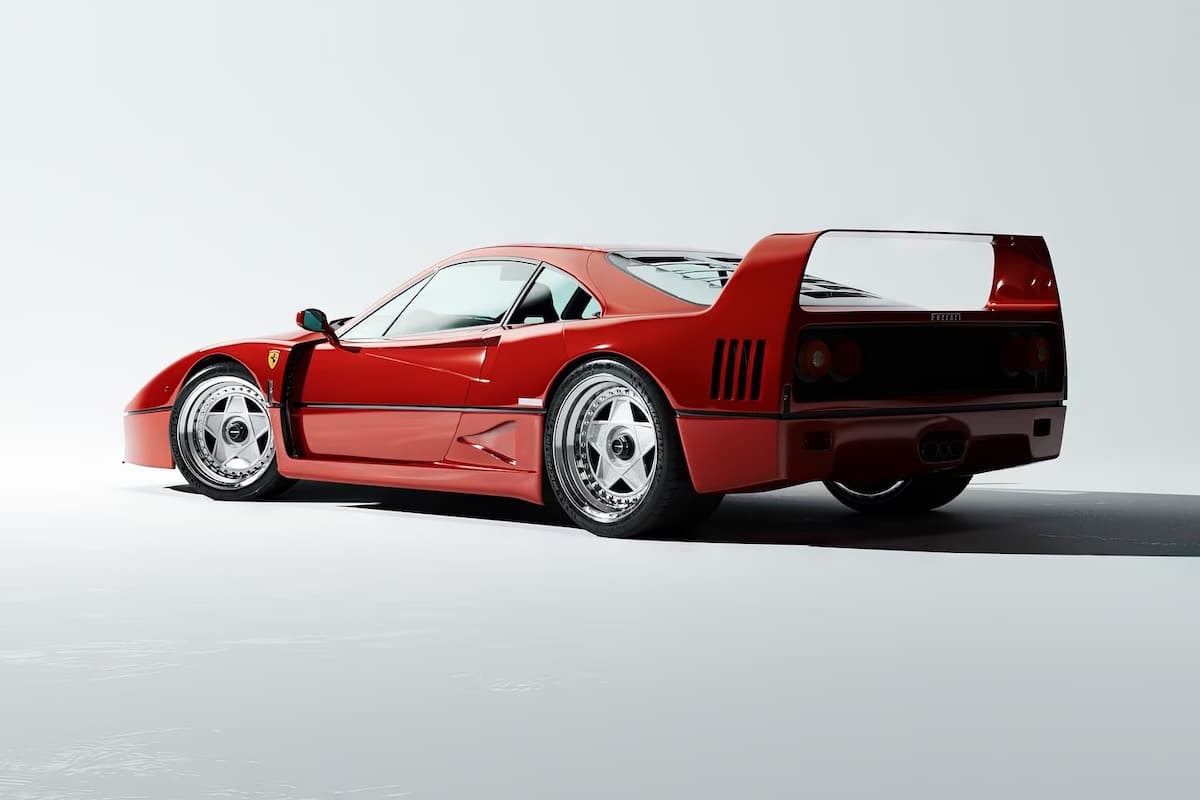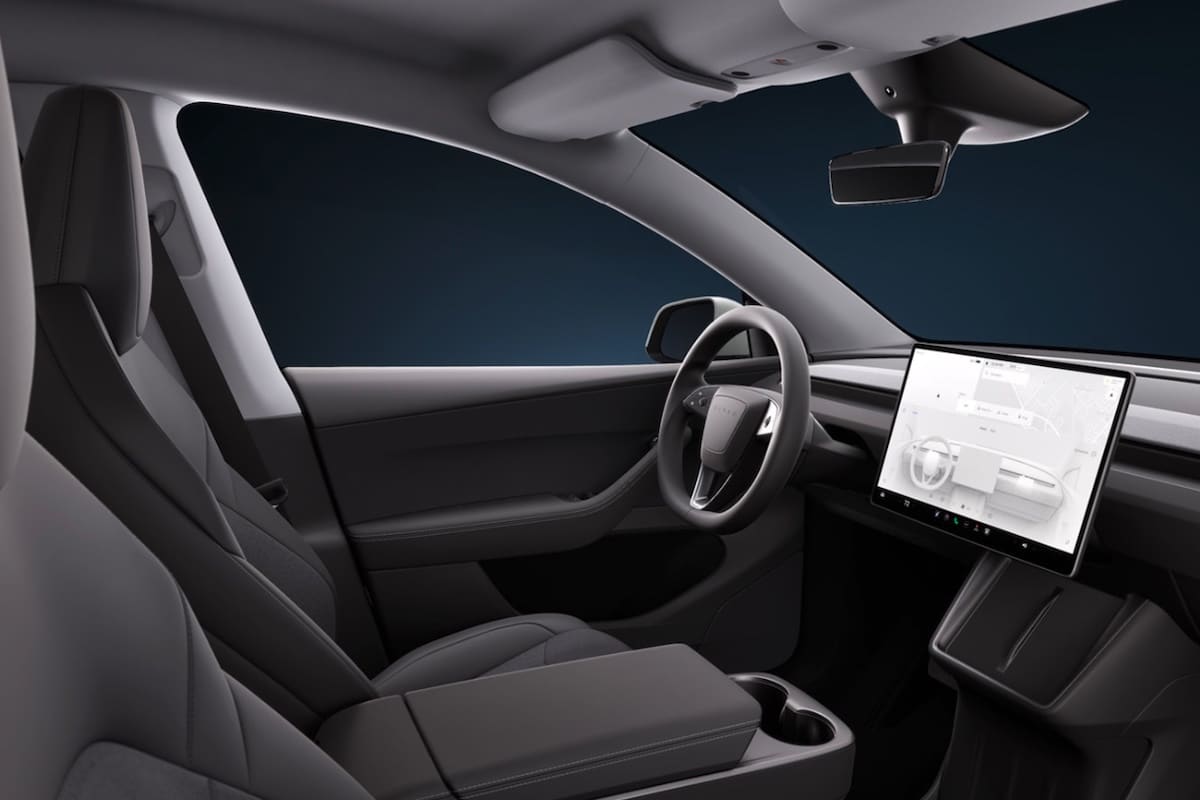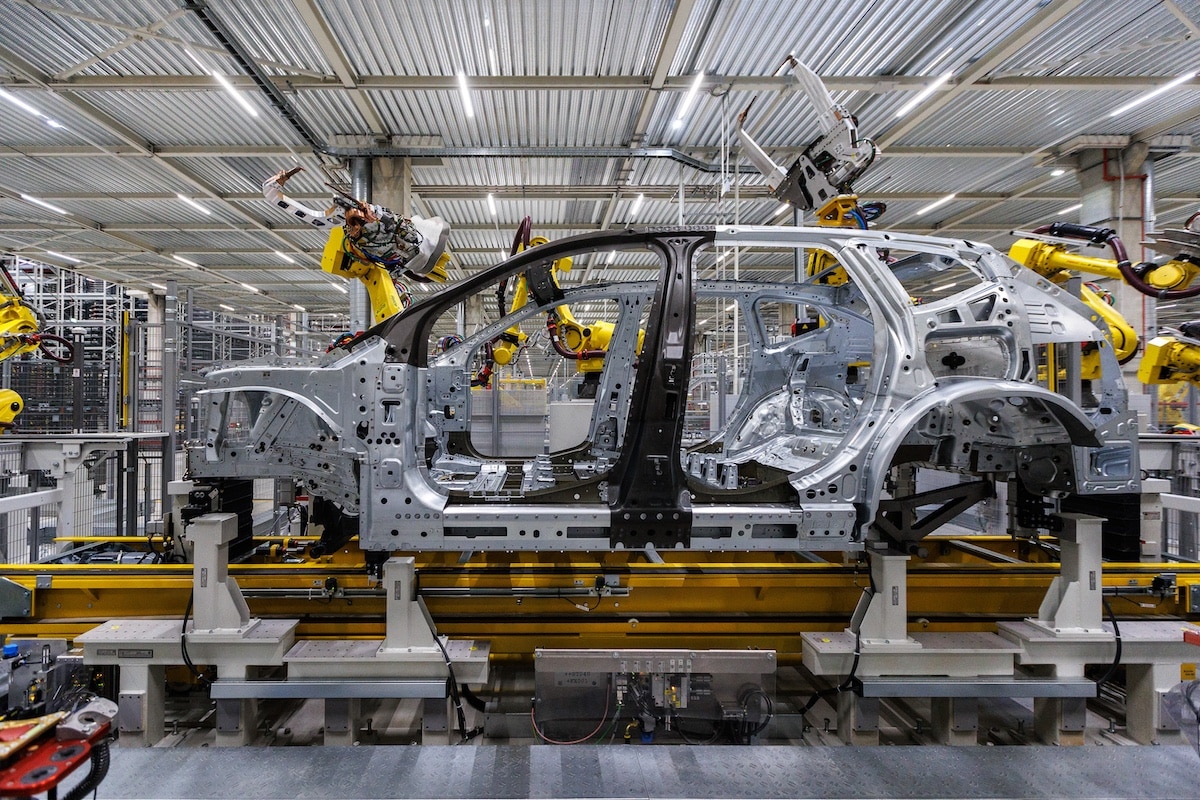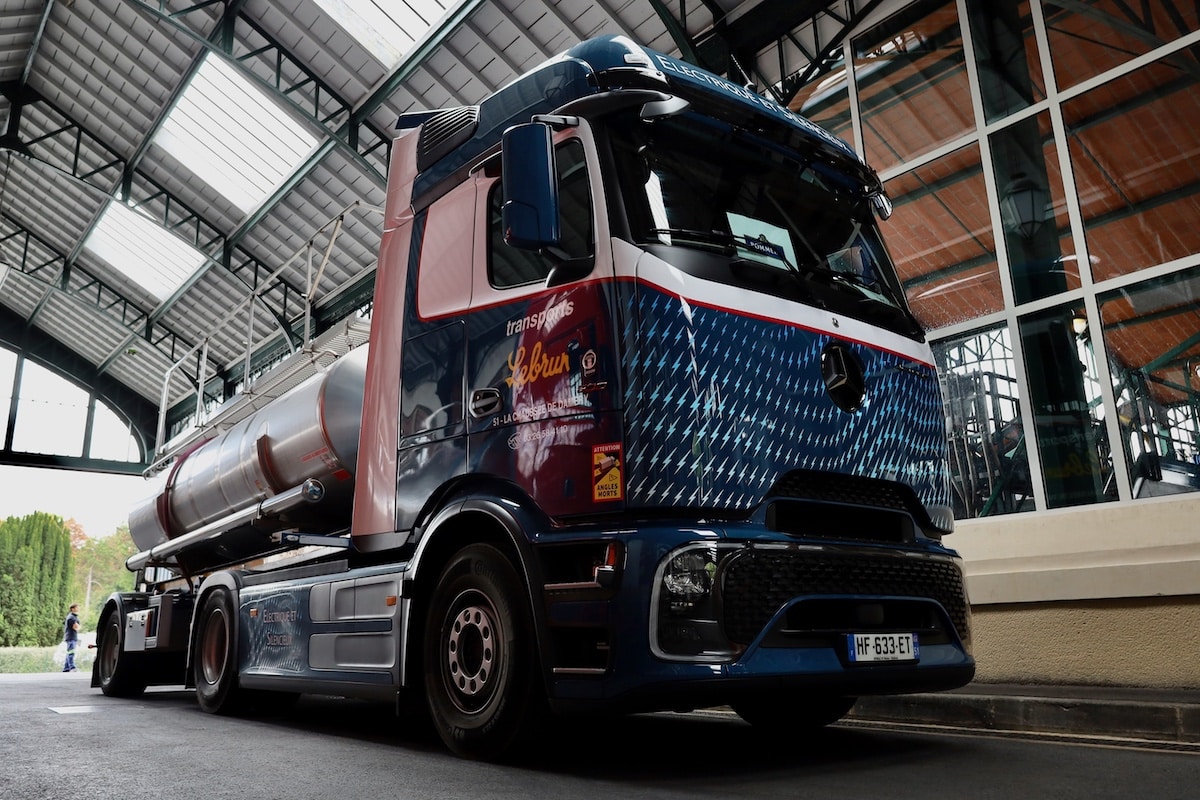Is it sacrilege to upgrade a Ferrari F40?
This page is translated from the original post "Est-ce un sacrilège d’améliorer une Ferrari F40 ?" in French.

In Italy, it is forbidden to cut spaghetti, put pineapple on a pizza, or transform a Ferrari. Not in Switzerland.
To understand what the Ferrari F40 represents for automotive enthusiasts in general, and Tifosi with the Cavallino Rampante tattooed on their hearts in particular, it is important to know its history. Launched in 1987 to celebrate the 40th anniversary of the first Ferrari road car, this supercar was the ultimate project supervised by Enzo Ferrari himself. The testament of the Commendatore and his final vision of Ferrari’s future. With its carbon fiber bodywork, a 2.9-liter twin-turbo V8 engine, and an unmistakable line signed by Pininfarina, the F40 embodied a no-compromise approach to performance. It has become a symbol of automotive excellence, often considered the most beautiful Ferrari ever built, in the opinion of your humble servant.


For all these reasons, the idea of revisiting an icon like the F40 raises a fundamental question. Improving such a legend, even while respecting its DNA, is it sacrilege or a duty to support it in the modern automotive world?
Are Ferrari and Restomod compatible?
Officine Fioravanti, a Swiss workshop known for transforming Testarossa and BB512 models, has undertaken to modernize the F40 to make it more accessible and safer on today’s roads. “The F40 is a work of art designed to be driven, not just admired,” states the company. According to them, a lack of humility towards such a machine or clumsy driving of this masterpiece can compromise its essence. Recently, two accidents involving F40s, including that of McLaren F1 driver Lando Norris, made headlines, highlighting the risks associated with driving this extreme supercar.
To address this, Officine Fioravanti designed a series of modifications aimed at improving safety and handling. Rest assured, the turbocharged V8 engine remains strictly unchanged. The chassis, however, receives Öhlins TTX36 suspension, originally designed for Formula 3, offering performance and compactness. The Brembo brakes have been replaced with carbon-ceramic discs and six-piston calipers at the front, four at the rear. New 18-inch monoblock wheels at the front and 19-inch at the rear are mounted with Michelin Cup 2 or Pirelli P Zero tires for optimal grip. The adoption of low-profile tires is certainly the most visually striking detail. The suspension components have been reinforced to handle the increased lateral grip provided by these modern tires. Finally, hydraulic assistance has been added to the steering.


Enzo Ferrari used to say “You have to work without stopping, or you start to think about death.” Why shouldn’t this credo apply to his creations? A car designed 60 years ago is by nature outdated in this world, where planned obsolescence now impacts the automotive industry. Yes, modifying an F40 makes it a different car from the one imagined by the brightest minds of the era, but with these improvements, it becomes more accessible without betraying its soul. Is this a step towards a new era where even icons must evolve? Or is it a breach of the legacy of a legendary car? The debate remains open, but one thing is certain: the F40 is far from finished making headlines.
ALSO READ: An electric Ferrari Testarossa, sacrilege or future vision?
We also suggestthese articles:
Also read




